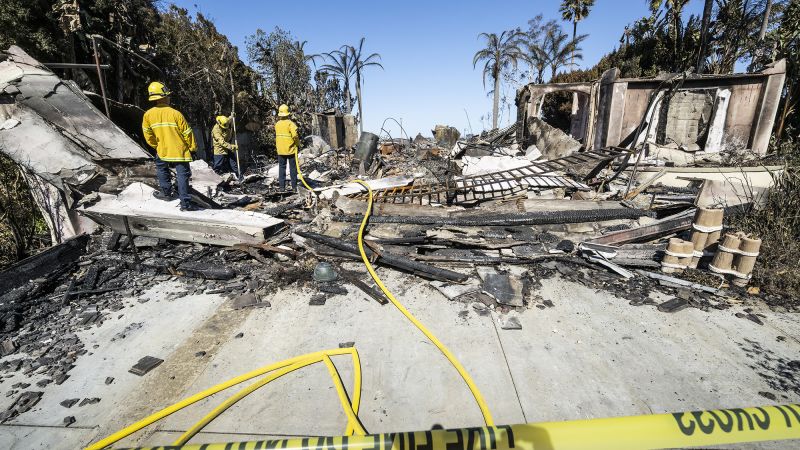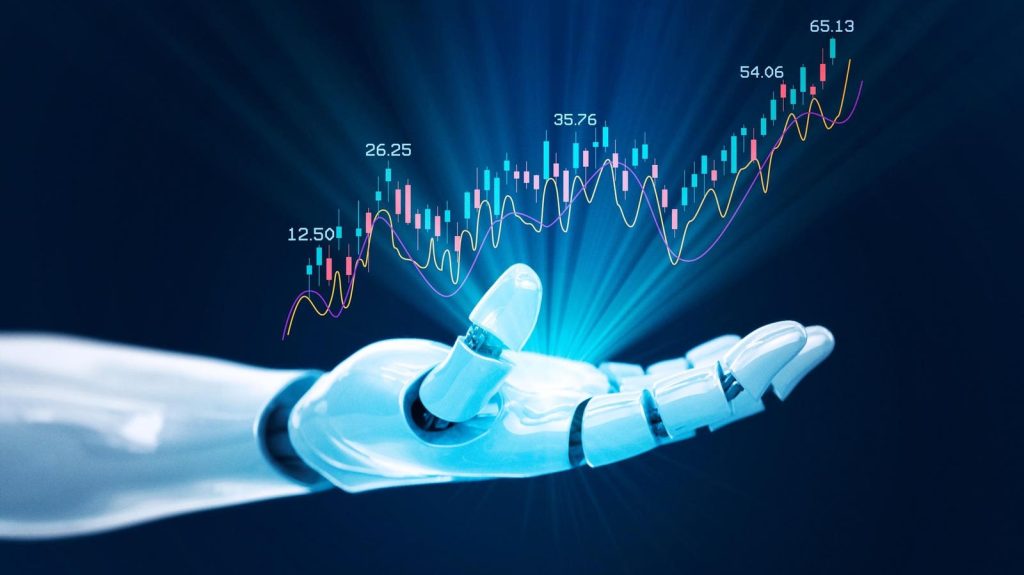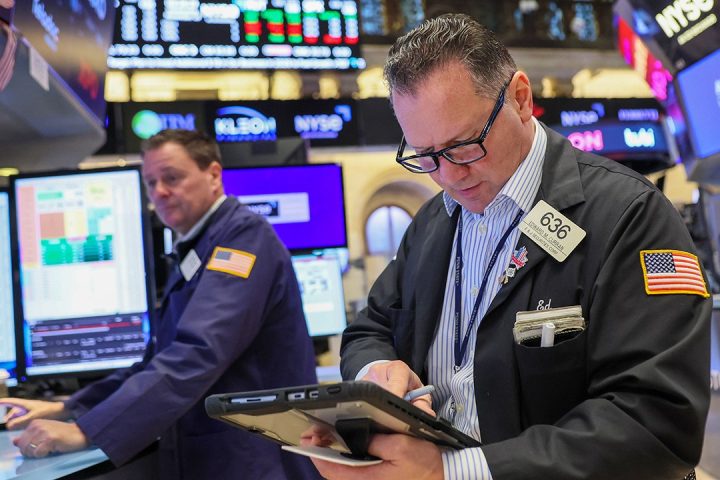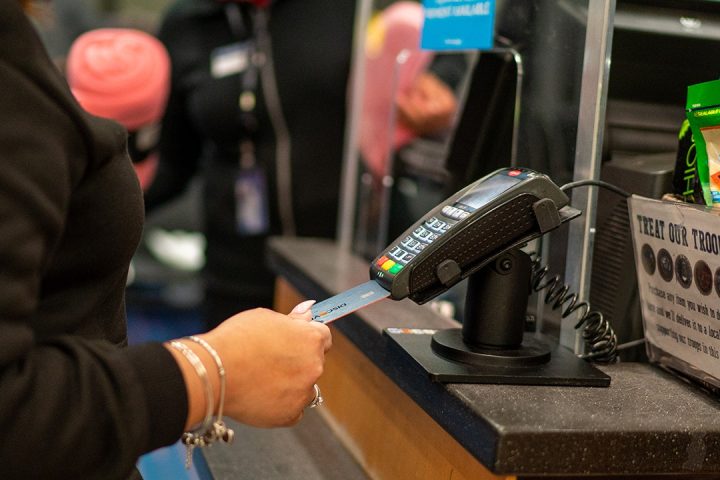Americans are increasingly turning to their credit cards to cover everyday expenses, with debt hitting a new record high at the end of September, according to a New York Federal Reserve report published Tuesday.
In the three-month period from July to September, total credit card debt surged to $1.08 trillion, an increase of $48 billion, or 4.6% from the previous quarter. It marks the highest level on record in Fed data dating back to 2003 and the eighth consecutive annual increase.
There was also an uptick in borrowers who are struggling with credit card, student and auto loan payments. As of September, about 3% of outstanding debt was in some stage of delinquency, up from the 2.7% recorded the previous quarter.
401(K) HARDSHIP WITHDRAWALS ARE SURGING AS HIGH INFLATION SQUEEZES AMERICANS
Credit card delinquencies continue to rise from their pandemic-era lows and have actually surpassed the typical pre-pandemic level.
There are likely several reasons to blame for the rise in delinquencies. New York Fed researchers told reporters during a call Tuesday morning that the increase could reflect a loosening of tightening standards over the past few years, as well as an overextension by lenders and borrowers.
“It could be that there is some stress building, that people are losing jobs, income, there could be real financial stress building up, maybe because of high inflation,” the researchers said. “It could be a combination of all those three. They all play a role, and maybe different groups are affected differently by these factors.”
The rise in credit card usage and debt is particularly concerning because interest rates are astronomically high right now. The average credit card annual percentage rate, or APR, hit a new record of 20.72% last week, according to a Bankrate database that goes back to 1985. The previous record was 19% in July 1991.
A FED PAUSE LIKELY WON’T HELP STRUGGLING CONSUMERS
If people are carrying debt to compensate for steeper prices, they could end up paying more for items in the long run. For instance, if you owe $5,000 in debt — which the average American does — current APR levels would mean it would take about 279 months and $8,124 in interest to pay off the debt making the minimum payments.

The increase in the credit card category helped to push total household debt to a staggering $17.29 billion, a $228 billion – or 1.3% – increase from the end of June. Balances are now $2.9 trillion higher than they were at the end of 2019, before the COVID-19 pandemic began.
The inflation spike has created severe financial pressures for most U.S. households, which are forced to pay more for everyday necessities like food and rent. The burden is disproportionately borne by low-income Americans, whose already-stretched paychecks are heavily affected by price fluctuations.
Although inflation has cooled considerably in recent months, it remains up 3.7% compared with the same time one year ago, according to the most recent Labor Department data.
A rise in credit card debt can sometimes be a sign that Americans are confident in the economy, using it as a way to pay for a vacation, remodel their home or start a small business. But in this case, LendingTree chief credit analyst Matt Schulz said he believes it’s likely evidence that individuals are struggling under the constant pressure of high inflation.
“I would suspect that currently and for the last few quarters, a lot of the growth has been on the side of people needing to take on that debt, versus people feeling confident,” he previously told FOX Business.
This is a developing story. Please check back for updates.
Read the full article here






